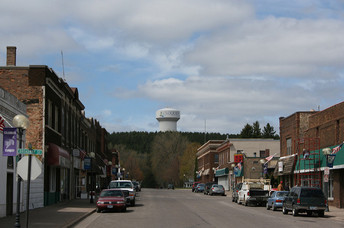 The City of Cloquet is cleverly using technology to
make their stormwater pollution prevention program (SWPPP) more efficient. City
staff answered our questions about how technology fits into their overall
stormwater program management and reduces their administrative burdens.
Q: You’re managing
and organizing your SWPPP
with spreadsheets that track your progress toward your document goals and
permit requirements. Tell us about it.
A: [We] use notes and hyperlinks within an Excel spreadsheet to
organize records associated with the city’s MS4 permit. The spreadsheet works as a checklist where we record notes on progress to completing the tasks laid out in the MS4
permit. The notes include details on
BMP sheet requirements, permit language, actions taken, etc. The hyperlinks connect to
documents in our network that pertain to specific permit requirements and
actions taken to meet that requirement, reducing the amount of time staff spend
digging through electronic folders.
Q: How is
this management system benefiting your stormwater program?
A: Setting up the spreadsheet required pulling
together all the pieces of our MS4 permit in one place. Doing that helped us understand what's been included in Cloquet’s SWPPP and subsequent
reauthorization. It also creates a
template that can be reused annually to measure our progress toward goals and document changes we make to our
SWPPP. This approach has been beneficial
in collecting a wealth of information in one location.
Q: You also have a web-based mapping system fully integrated within your
program. Is that making your stormwater program more efficient?
A: Our web-based GIS mapping system contains our inventory of stormwater facilities and their inspection records. Our public works crews can access all
the information via mobile devices when they are making repairs or doing
maintenance or inspections. They can locate stormwater infrastructure and understand its
history and needs in real time in the field, making their work more efficient
and our records better organized.
Q: What's your
biggest obstacle to complying with MS4 requirements, and how did you overcome
it?
A: One of the biggest challenges we face is the volume of
information associated with our MS4 permit and trying to keep it
organized. We have looked at software
products that are designed for this purpose, but felt we wanted the
flexibility to customize the type of information and how it is presented. So
we developed this spreadsheet-based approach.
Q: How can other MS4 staff
apply your ideas in their communities to further stormwater protection across
the state?
A: We have provided a copy of the spreadsheet we use for
other MS4s. They can see if they want to implement our techniques in their MS4 recordkeeping.
Image courtesy of Dave Fisher/Flickr
|